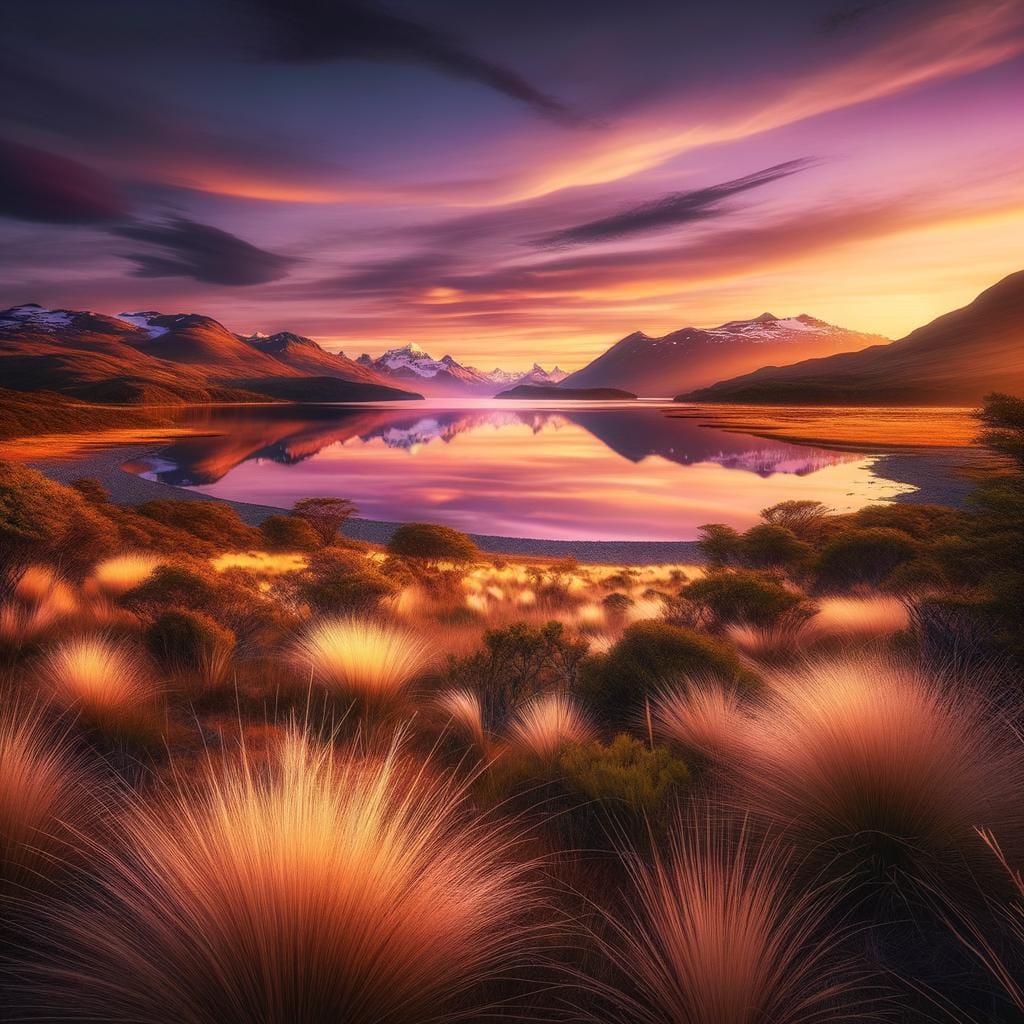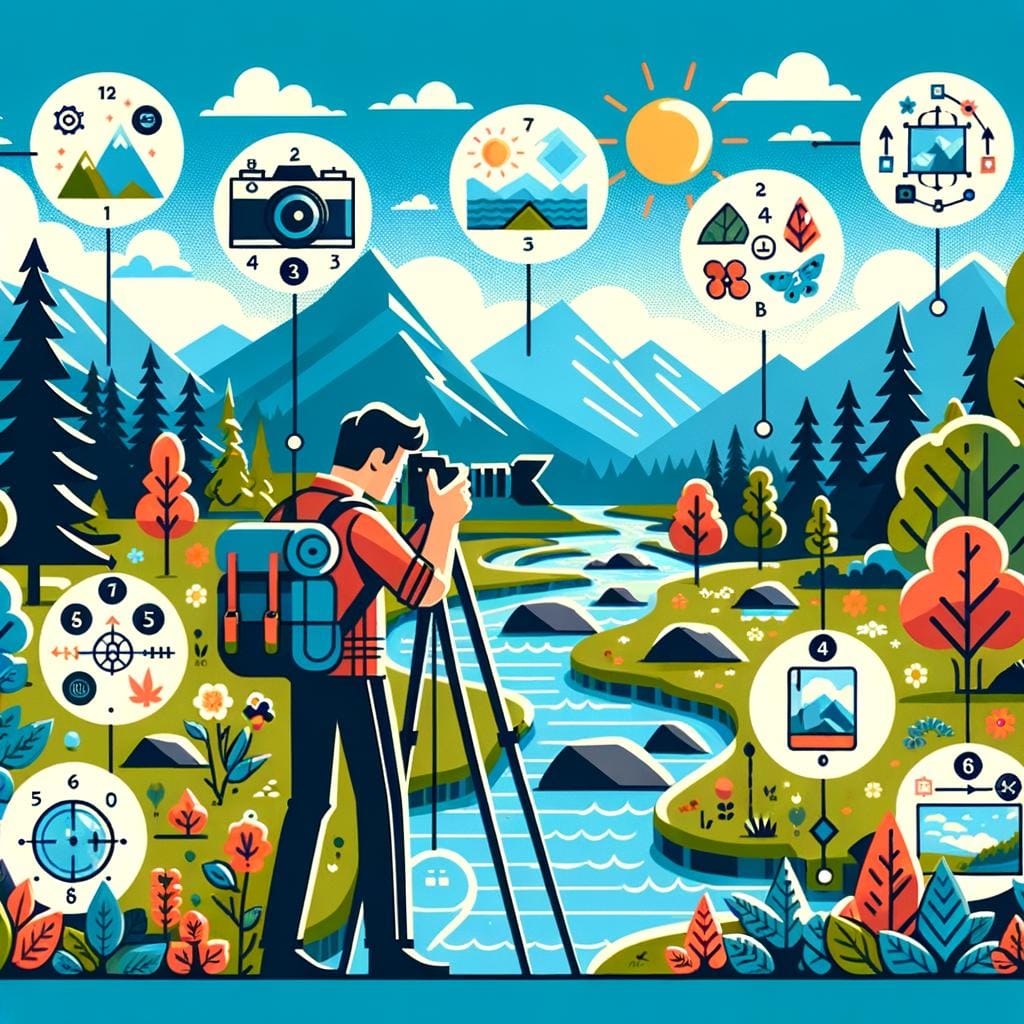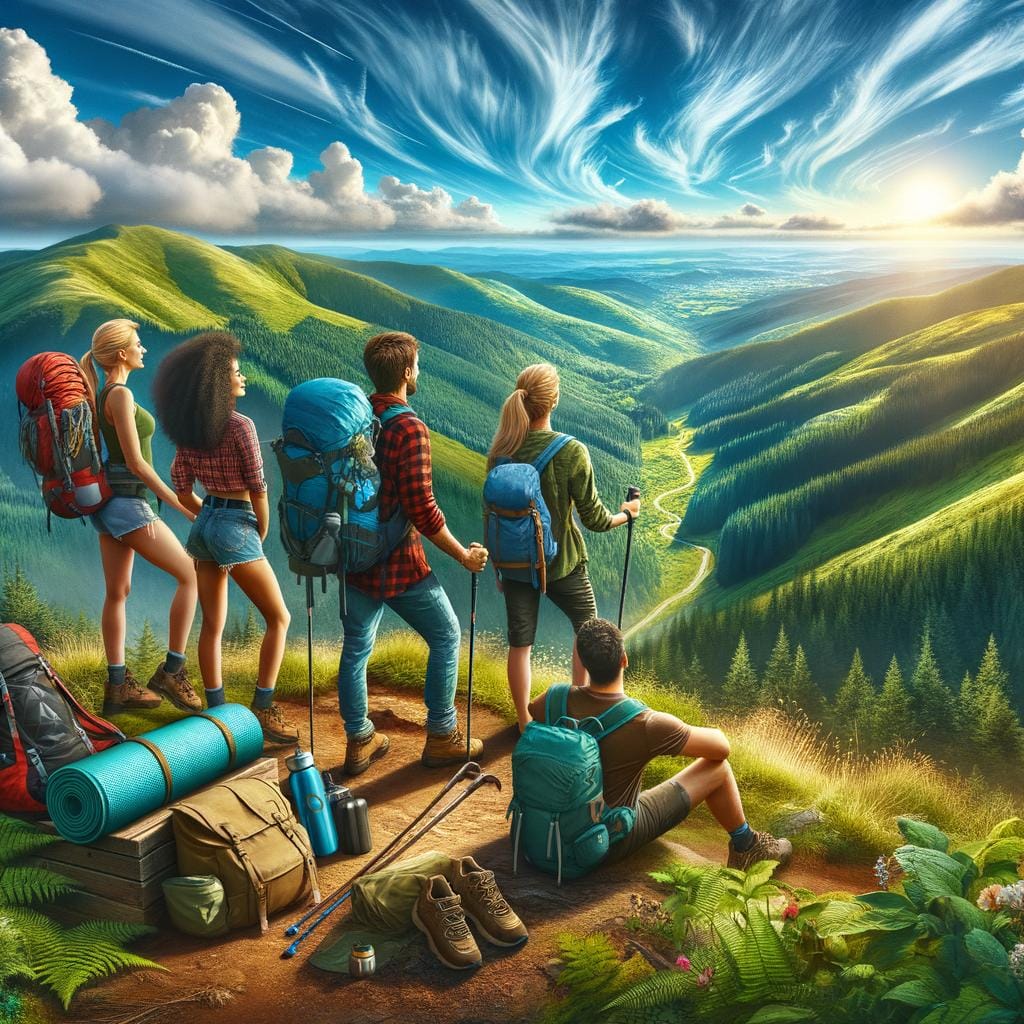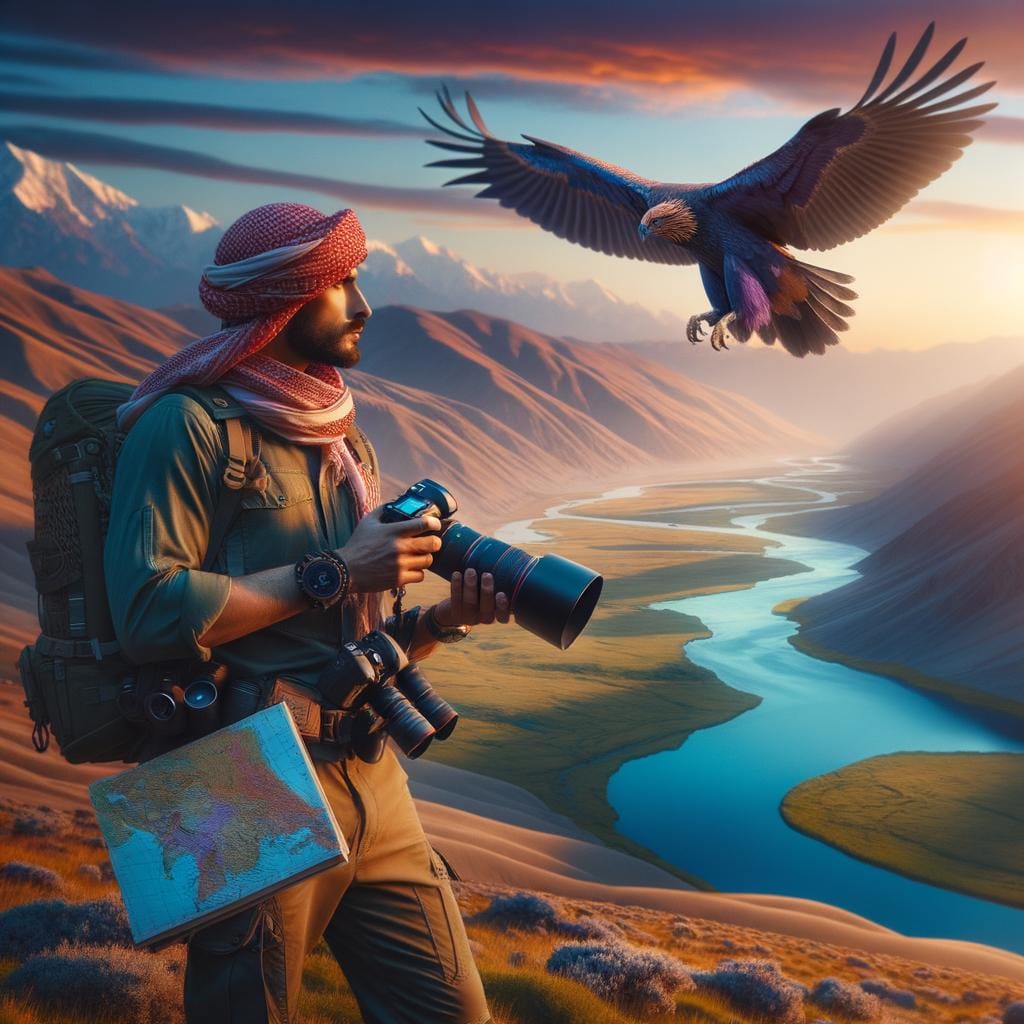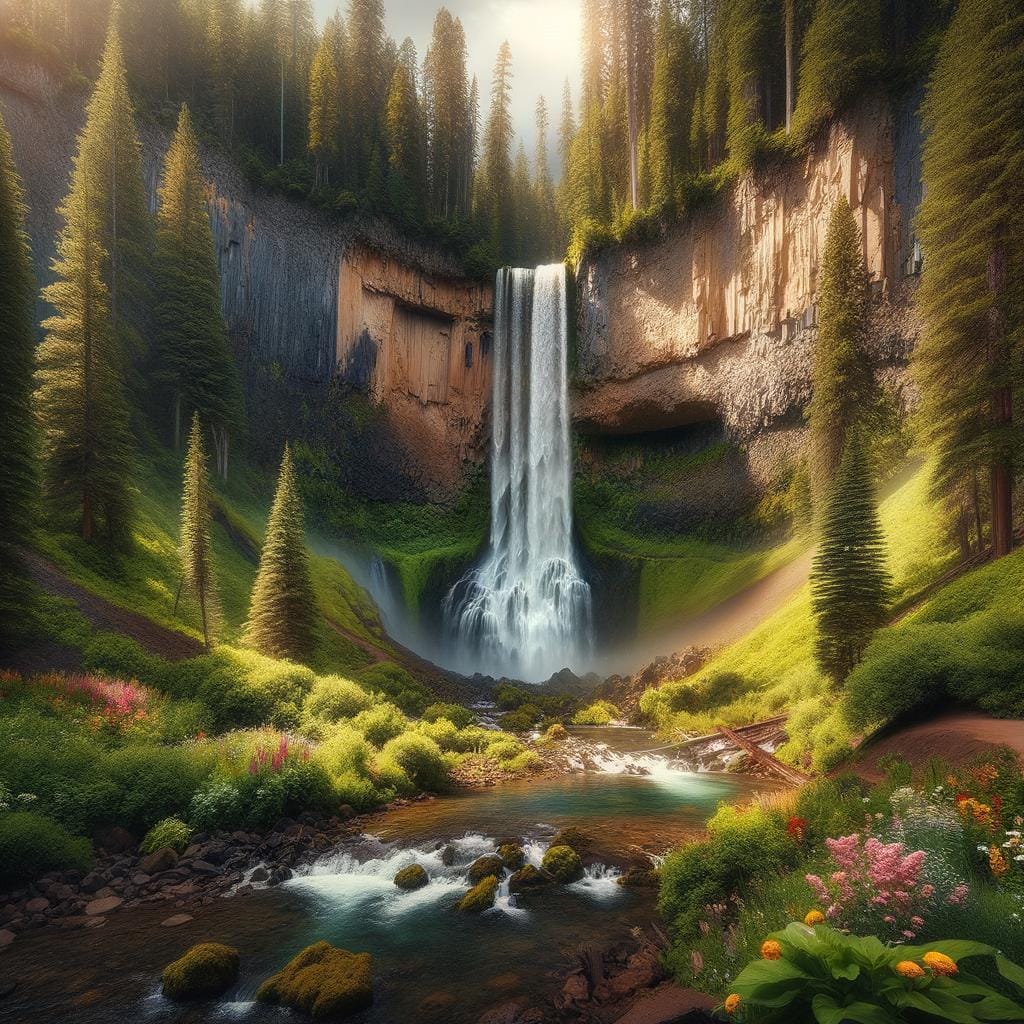Landscape photography captures the beauty of natural landscapes, from majestic mountains to serene coastlines, through the lens of a camera. This form of photography aims to showcase the stunning and diverse scenery found in nature, often highlighting the grandeur and tranquility of these outdoor spaces. With the rise of social media platforms like Instagram, landscape photography has gained widespread popularity among both seasoned professionals and aspiring enthusiasts.
As one delves into the world of landscape photography, it becomes evident that this art form is more than just capturing picturesque views-it’s about telling a story through visual imagery. By skillfully composing each shot and playing with elements such as light, colors, and perspective, photographers can evoke emotions and create captivating visuals that resonate with viewers.
Landscape photography allows us to appreciate and preserve the natural wonders that surround us, while also providing an avenue for creativity and self-expression.
Whether you’re an amateur photographer looking to hone your skills or a seasoned pro seeking inspiration, understanding the fundamentals of landscape photography is essential. From mastering essential equipment like cameras, lenses, tripods, and filters to learning post-processing techniques and exploring different locations for shooting landscapes, there’s much to discover in this dynamic field.
Join us on a journey through the art of landscape photography as we explore its history, techniques, influencers, competitions, and ways to monetize your passion for capturing nature’s beauty.
The History of Landscape Photography
The art of landscape photography has a rich history that spans centuries, evolving from simple black and white captures to stunning, high-definition digital images. One of the most influential figures in landscape photography is Ansel Adams, known for his iconic black and white photographs of the American West.
Adams’ work not only captured the beauty of nature but also played a significant role in conservation efforts, raising awareness about the importance of preserving natural landscapes. His mastery of composition and light continues to inspire photographers today.
As photography technology advanced, so did the capabilities of capturing landscapes. Modern masters like Peter Lik, who gained fame for his dramatic and awe-inspiring landscapes, have pushed the boundaries of what is possible in landscape photography.
Lik’s use of innovative techniques and equipment has set new standards for capturing the grandeur and beauty of nature. Other contemporary photographers like Art Wolfe and Annie Griffiths have also made their mark in the world of landscape photography, each bringing a unique perspective to the art form.
With the rise of digital photography and social media platforms, landscape photography has become more accessible than ever before. Amateur and professional photographers alike now have a platform to share their work with a global audience instantaneously.
This democratization of landscape photography has paved the way for new talent to emerge and showcase their unique visions of the natural world. Whether it’s through breathtaking aerial shots or intimate close-ups of flora and fauna, the possibilities within landscape photography are endless.
| Photographer | Style | Notable Works |
|---|---|---|
| Ansel Adams | Black and white landscapes | “Moonrise, Hernandez”, “Clearing Winter Storm” |
| Peter Lik | Dramatic landscapes with rich colors | “Phantom”, “Ghost” |
| Art Wolfe | Nature-focused landscapes with unique perspectives | “Beyond Nature”, “Migrations” |
Essential Equipment for Landscape Photography
When it comes to landscape photography, having the right equipment is essential to capturing stunning images. Cameras are at the core of every landscape photographer’s toolkit, and the choice between a DSLR or mirrorless camera often comes down to personal preference.
Both types of cameras offer high resolution and excellent image quality, but mirrorless cameras tend to be more lightweight and compact, making them ideal for photographers on the go. Whichever type of camera you choose, opt for a model with manual controls to have greater creative control over your shots.
In addition to a camera body, selecting the right lenses is crucial for capturing landscapes effectively. Wide-angle lenses are popular among landscape photographers as they can capture a vast amount of scenery in a single frame. A good wide-angle lens allows you to emphasize the depth and scale of landscapes, creating truly breathtaking images. Consider investing in prime lenses for sharper details or telephoto lenses for bringing distant elements closer and adding compression to your compositions.
Another essential piece of equipment for landscape photography is a sturdy tripod. A tripod provides stability for your camera, allowing you to shoot at slower shutter speeds without introducing camera shake. This is particularly important when shooting in low light conditions or using long exposures to capture movement in water or clouds.
Look for tripods made from lightweight materials like carbon fiber for easy transportation while still providing sufficient support for your gear. Additionally, don’t forget about filters like polarizers and neutral density filters that can help enhance colors, reduce glare, and control exposure in challenging lighting situations.
Overall, investing in quality cameras, lenses, tripods, and filters will not only improve the technical aspects of your landscape photography but also open up new creative possibilities in your work. Take the time to research and choose equipment that aligns with your style and vision as a photographer to elevate your landscapes from ordinary snapshots to extraordinary works of art.
Whether you’re photographing grand mountain vistas or serene seascapes, having the right gear will set you up for success in capturing the beauty of the world around you.
Tips for Capturing Stunning Landscapes
When it comes to landscape photography, capturing stunning images involves a combination of composition, lighting, and timing. These key elements can significantly impact the overall quality of your photographs and help you create visually striking landscapes that leave a lasting impression on viewers. Here are some essential tips to consider when capturing landscapes:
- Composition: One of the most important aspects of landscape photography is composition. Pay attention to the rule of thirds, leading lines, and symmetry to create visually compelling images. Experiment with different perspectives and angles to add depth and interest to your photos.
- Lighting: Lighting plays a crucial role in landscape photography. The golden hours around sunrise and sunset typically offer soft, warm light that enhances the colors and textures in your photos. Consider using backlighting or side lighting to create dramatic effects in your landscapes.
- Timing: Timing is everything in landscape photography. Be patient and wait for the right moment to capture the perfect shot. Keep an eye on weather conditions, as dramatic skies or natural elements like fog or mist can add a sense of mood and atmosphere to your photos.
By paying attention to composition, lighting, and timing, you can elevate your landscape photography skills and take your images to the next level. Remember that practice makes perfect, so don’t be afraid to experiment with different techniques and settings to find what works best for you in capturing breathtaking landscapes.
Whether you’re photographing mountains, forests, oceans, deserts, or any other type of natural scenery, mastering the art of composition, understanding how light affects your subjects, and knowing when to click the shutter button can make all the difference in creating outstanding landscape photographs that showcase the beauty of our world. Experimentation is key in this genre of photography; don’t be afraid to try new things, learn from mistakes, and continue growing as a landscape photographer.
Choosing the Right Locations for Landscape Photography
When it comes to landscape photography, one of the essential aspects to consider is choosing the right locations to capture stunning images. The diversity of landscapes around the world offers endless opportunities for photographers to explore and showcase the beauty of nature. From majestic mountains to tranquil oceans, vast deserts, lush forests, and everything in between, each location presents its unique charm and visual appeal.
To help you narrow down your choices and select the perfect locations for your landscape photography adventures, here are some categories of landscapes to consider:
- Mountains: Whether you’re drawn to snow-capped peaks or rolling hills, mountains provide a dramatic backdrop for landscape photography. Explore different vantage points and elevation levels to capture breathtaking views of rugged terrain and panoramic vistas.
- Oceans: Coastal areas offer a wealth of photographic opportunities, from rocky shorelines and sandy beaches to crashing waves and serene sunsets. Experiment with long exposures to capture the movement of water or focus on details like seashells and driftwood for intimate compositions.
- Deserts: The stark beauty of desert landscapes can create striking images with their vast expanses of sand dunes, rock formations, and sparse vegetation. Play with light and shadow during sunrise or sunset for dynamic compositions that highlight the textures and colors unique to these arid environments.
Additionally, other types of landscapes such as forests, meadows, lakes, rivers, urban cityscapes, and more can also provide compelling settings for your photography projects. By exploring a variety of locations and immersing yourself in diverse environments, you’ll not only expand your portfolio but also develop your skills as a landscape photographer.
Remember that each location offers its own challenges and rewards – so be prepared to adapt your shooting techniques accordingly for optimal results in capturing nature’s beauty through your lens.
Editing Landscape Photos
Post-processing is a crucial step in landscape photography, as it allows photographers to enhance their images and bring out the true beauty of the scenery captured. There are various techniques that can be used to edit landscape photos, from adjusting exposure and contrast to enhancing colors and sharpness. One common method is using software like Adobe Lightroom or Photoshop, which offer a wide range of tools for editing and retouching images.
Enhancing Colors and Contrast
When editing landscape photos, one important aspect to consider is the enhancement of colors and contrast. By adjusting the saturation levels, vibrancy, and tones in the image, photographers can make their landscapes more visually appealing. It is important not to over-edit the colors, as this can result in an unrealistic look. Utilizing tools like the HSL panel in Lightroom can help fine-tune specific colors in the image.
Sharpening and Noise Reduction
Another key post-processing technique for landscape photography is sharpening the image to bring out details in the scene. This can be done using tools like the sharpening slider in Lightroom or using specialized sharpening techniques in Photoshop. Additionally, reducing noise in the image is essential, especially when photographing landscapes with high ISO settings. Noise reduction algorithms can help smoothen out any graininess present in the photo.
Adding Special Effects
In addition to basic editing techniques, photographers can also experiment with adding special effects to their landscape photos during post-processing. This may include applying vignettes, creating dramatic skies with gradient filters, or even blending multiple exposures for a HDR (High Dynamic Range) effect. These creative additions can help elevate a standard landscape photograph into a unique piece of art that truly stands out.
Overall, post-processing plays a significant role in shaping the final look of landscape photography. By mastering different editing techniques and utilizing software effectively, photographers can unleash their creativity and produce stunning images that showcase the natural beauty of landscapes around the world.
Inspiring Landscape Photographers to Follow on Social Media
One of the best ways to stay motivated and inspired in your landscape photography journey is by following influential artists on social media. These photographers have mastered the art of capturing stunning landscapes and their work can help you learn new techniques, gain insights, and spark your creativity. Here are a few inspiring landscape photographers that you should consider following:
Ansel Adams
An iconic figure in the world of landscape photography, Ansel Adams is known for his breathtaking black and white images of the American West. His mastery of composition, lighting, and contrast revolutionized the art form and continues to inspire photographers today. By studying Adams’ work, you can learn valuable lessons in capturing the beauty of nature through your lens.
Art Wolfe
Art Wolfe is a renowned nature photographer whose work has been featured in numerous publications and exhibitions around the world. His diverse portfolio includes captivating images of wildlife, landscapes, and indigenous cultures. By following Art Wolfe on social media, you can gain insights into his creative process, composition techniques, and passion for conservation photography.
Christine Loo
Christine Loo is a rising star in the landscape photography community known for her vibrant and immersive images of natural landscapes. Her use of color, light, and perspective creates awe-inspiring compositions that transport viewers to stunning locations around the globe. By following Christine Loo on social media, you can witness her evolving style, creative vision, and dedication to capturing the beauty of our planet through landscape photography.
By following these influential landscape photographers on social media platforms such as Instagram, Facebook, or Twitter, you can immerse yourself in their work, learn from their expertise, and find inspiration to elevate your own landscape photography skills. Remember that each photographer has a unique perspective to offer, so exploring a variety of artists’ work can broaden your horizons and help you develop your own artistic voice in the world of landscape photography.
Landscape Photography Competitions and Contests
One of the benefits of entering landscape photography competitions is the chance to have your work seen by industry professionals, judges, and fellow photographers. Winning or placing in a competition can open doors to new opportunities, such as having your work featured in exhibits, publications, or online galleries. Additionally, receiving feedback from experienced judges can help you learn and grow as a photographer, giving you valuable insight into how to enhance your craft.
There are numerous landscape photography competitions and contests held throughout the year globally, catering to photographers of all skill levels. Some prestigious competitions focus specifically on landscapes as a subject matter, while others may have categories that include landscape photography alongside other genres. Whether you are an amateur enthusiast looking to gain recognition or a professional seeking validation for your talent, entering these competitions can be a rewarding experience that propels your career forward in the world of landscape photography.
How to Monetize Your Landscape Photography
In conclusion, landscape photography offers a magnificent way to capture the beauty of the world around us. From the early days of Ansel Adams to the modern masters of today, this art form has evolved and grown, thanks to advancements in technology and a growing appreciation for nature’s wonders. By understanding the history of landscape photography and investing in essential equipment like cameras, lenses, tripods, and filters, photographers can truly immerse themselves in this captivating genre.
When it comes to capturing stunning landscapes, paying attention to composition, lighting, and timing is crucial. Choosing the right locations – whether it be majestic mountains, serene oceans, or barren deserts – is also key to creating compelling images that resonate with viewers. Additionally, knowing how to edit landscape photos using post-processing techniques and software can elevate your work to new heights.
For those looking to monetize their landscape photography skills, there are various avenues to explore. Selling prints of your work, licensing images for commercial use, and building a strong portfolio are all viable options for showcasing your talent and potentially earning an income from your passion.
And with the abundance of inspiring landscape photographers on social media and opportunities to participate in competitions and contests within the industry, there is no shortage of resources available for those looking to make their mark in the world of landscape photography.
Frequently Asked Questions
What Are the 4 Pillars of Landscape Photography?
The four pillars of landscape photography are composition, lighting, perspective, and patience. Composition involves arranging elements within the frame to create an aesthetically pleasing image. Lighting is crucial as it determines the mood and atmosphere of the photograph.
Perspective is about choosing the right angle or vantage point to capture a unique view. Patience is key in landscape photography as waiting for the perfect moment can result in a stunning shot.
Is There Money in Landscape Photography?
There can be money in landscape photography, but it is often challenging to make a consistent income solely from this genre. Many photographers supplement their income by selling prints, licensing images, teaching workshops, or working on commissions for clients like tourism boards or magazines. Success in landscape photography requires dedication, skill, and business acumen.
How Do You Shoot Landscape Pictures?
Shooting landscape pictures involves careful planning and attention to detail. Before heading out to shoot, it is essential to research locations, check weather conditions, and consider the best time of day for lighting.
When on location, photographers should explore different compositions, experiment with angles, use a tripod for stability, adjust camera settings like aperture and shutter speed accordingly. Post-processing techniques can also enhance the final images captured during a landscape photography session.

An avid outdoor enthusiast, writer, and environmental advocate who has spent over two decades exploring the world’s most breathtaking landscapes. With a background in environmental science and a passion for adventure, Frances combines her love for nature with her talent for storytelling to inspire others to embark on their own outdoor journeys.

